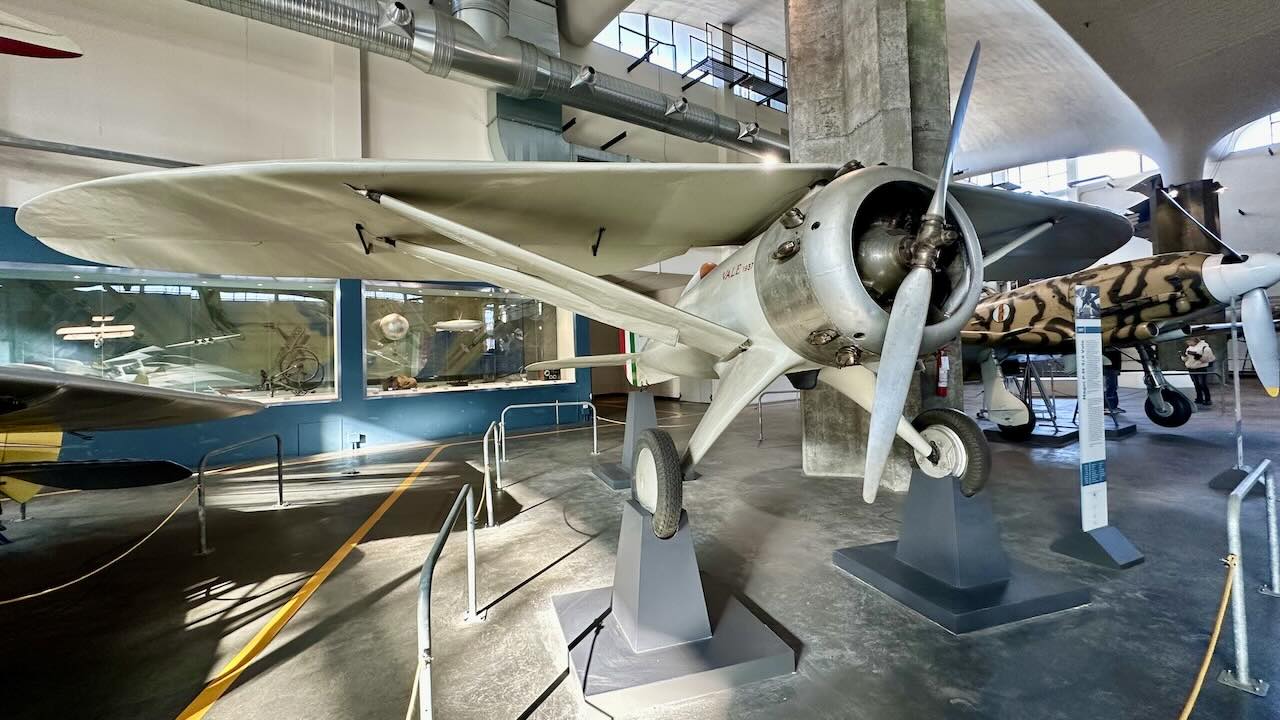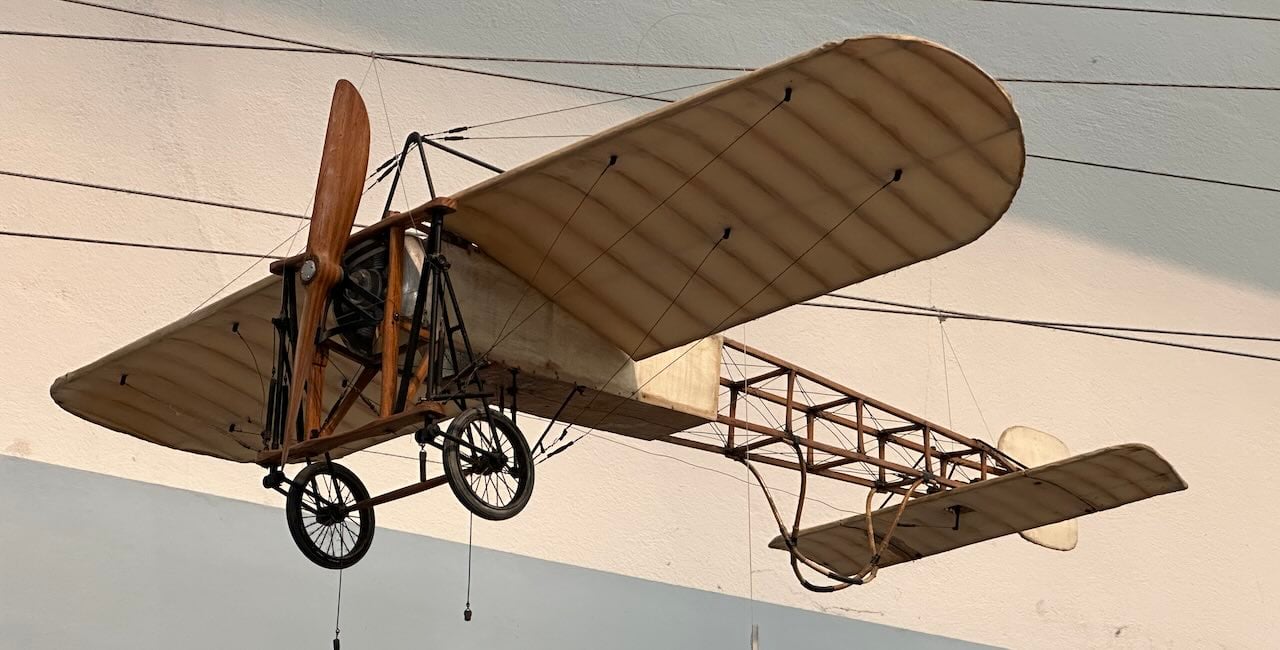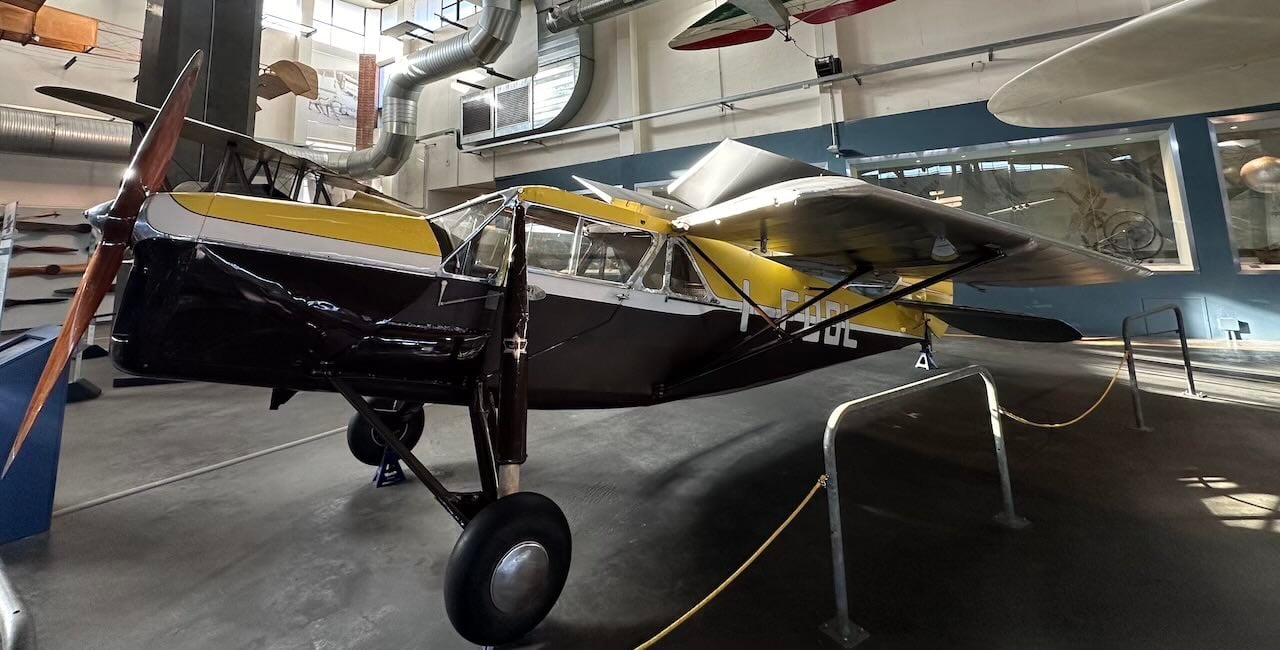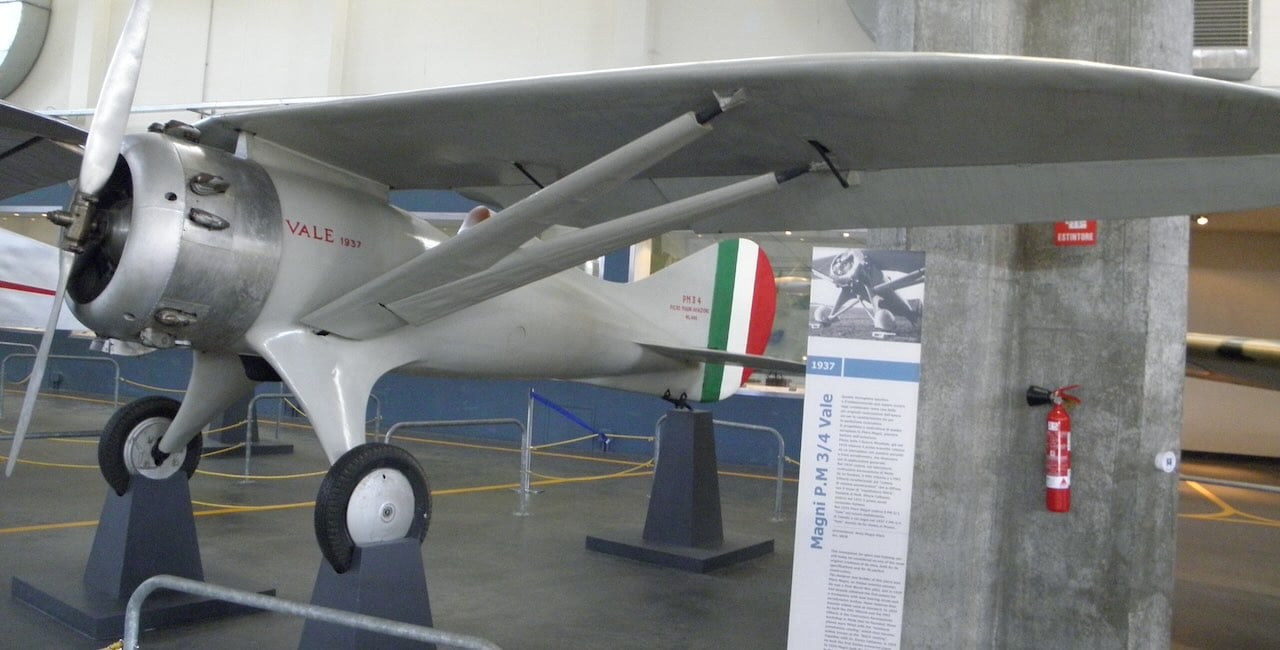Embark on a captivating journey through one of Milan’s most iconic cultural spaces, the Leonardo da Vinci Museum. This venue is more than just a museum; it’s a bridge linking the past with the future, where science and art converge, and a special emphasis is placed on aviation.
As many might not know, Leonardo da Vinci was the pioneer in studying bird anatomy and conceptualizing designs to mimic their movement, inadvertently laying the groundwork for the grand venture of aviation.
Stay with us in this article, and discover one of the best aircraft exhibitions in the world!






